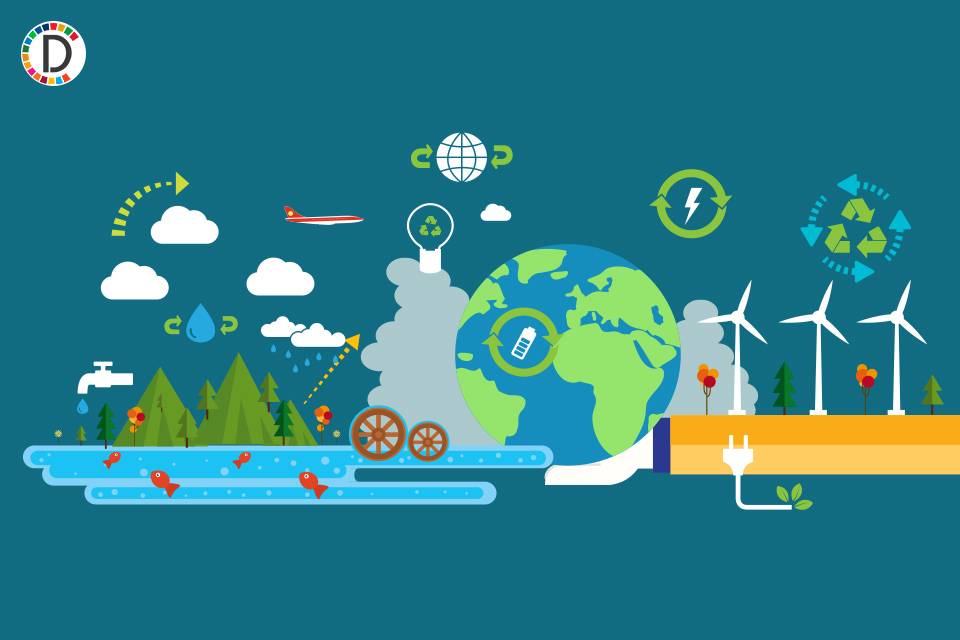East flowing rivers between Mahanadi and Pennar basins have no water at present: Official data

- Country:
- India
Rivers between Mahanadi and Pennar basins that flow through Andhra Pradesh, Telangana and Odisha have no water at present, according to the Central Water Commission data. Rushikulya, Bahuda, Vamsadhara, Nagavati, Sarada, Varaha, Tandava, Eluru, Gundlakamma, Tammileru, Musi, Paleru and Manneru are the rivers left with no water, with experts blaming reduced monsoon, changing rainfall patterns, catchment degradation and groundwater depletion for it.
Nitin Bassi from the Council on Energy, Environment and Water (CEEW) said their analysis of the Mahanadi river basin has suggested adoption of micro irrigation systems and altering cropping patterns could reduce the water deficit from 24 per cent (in a business-as-usual scenario) to about 18 per cent of the water supply requirement.
The Central Water Commission (CWC) has detailed the state of water storage in reservoirs, noting that live storage capacity has dwindled to just 35 per cent of the total capacity.
The reservoirs in Andhra Pradesh, Telangana, Karnataka, Kerala, and Tamil Nadu are experiencing a significant drop in storage levels, currently at only 20 per cent of their total capacity.
According to the data, the east flowing rivers between Mahanadi and Pennar had zero storage this year, having a 100 per cent departure with respect to an average of ten years.
The east flowing rivers between Pennar and Kanyakumari are also deficit and have just 12 per cent storage and a departure of over 50 per cent with respect to an average of ten years.
The data, issued on April 4, presents a stark comparison to the same period last year, highlighting a substantial decline in available water resources.
According to the data, the total live storage capacity of 150 monitored reservoirs in India amounts to 178.784 billion cubic metres (BCM), which accounts for about 69.35 per cent of the estimated total capacity of 257.812 BCM across the country.
However, the actual live storage available in these reservoirs stands at a mere 61.801 BCM, representing only 35 per cent of their total capacity.
Himanshu Thakkar, coordinator of South Asia Network on Dams, Rivers and People (SANDRP), highlighted multiple reasons for the decline in reservoir water levels, including reduced monsoon rainfall and changing rainfall patterns.
Thakkar also mentioned the degradation of catchment areas and groundwater depletion as contributing factors.
''Last year, monsoons were lesser compared to 2022, which is one reason why the reservoir capacity is lower than last year,'' he said stressing that catchment degradation leads to faster rainfall runoff into rivers and reduced non-monsoon inflows,'' he said.
Comparing these figures with the previous year's data, the decline is evident. Last year, during the same period, the live storage available was significantly higher at 74.47 BCM.
Similarly, the current storage levels fall below the ten-year average of 63.095 BCM, with the current figures representing 98 per cent of that average.
In the northern region, reservoirs in Himachal Pradesh, Punjab, and Rajasthan are experiencing a particularly low storage level, with live storage at only 32 per cent of their total capacity, a notable decrease compared to the same period last year.
The situation appears more favourable in states like Assam, Jharkhand, Odisha, West Bengal, Tripura, Nagaland, and Bihar, where the live storage is at 45.24 per cent of capacity, showing an improvement over last year.
While Gujarat and Maharashtra have also seen a decline in storage levels compared to last year, they are still above the ten-year average.
Uttar Pradesh, Uttarakhand, Madhya Pradesh, and Chhattisgarh show decreased storage levels compared to last year but remain above the ten-year average.
The bulletin emphasises several areas concerning storage deficits, particularly in the East and South regions. Reservoirs in these regions are witnessing substantially lower storage levels compared to both last year and the ten-year average.
The CWC's data provides a detailed breakdown of reservoirs with storage levels above or below normal. Notably, the Ganga, Brahmaputra, and rivers in Western India exhibit better than normal storage, while rivers in the East are classified as highly deficient.
Bassi suggested managing water demand across sectors and adopting circular economy approaches can effectively address water shortages.
''The fall in water level in reservoirs post-monsoon months during a hydrological year is normal as more water is released than received by them,'' he said.
In addressing climate change's role in the scenario, Bassi said rainfall variability, land use changes in catchments, and changes in water demand influence reservoir inflow and water levels.
He underscored the impact of climate change on rainfall patterns, with some areas experiencing increased intensity while others face reduced rainfall. He points out that climate change will impact water availability in river basins and reservoirs.
(This story has not been edited by Devdiscourse staff and is auto-generated from a syndicated feed.)
ALSO READ
Madhya Pradesh CM Mohan Yadav lauds BJP's Sankalp Patra, highlights tourism prospects of state
Madhya Pradesh Congress chief Jitu Patwari condemns police at Kamal Nath's residence
Madhya Pradesh: Security personnel hold flag march ahead of Lok Sabha Polls in Sidhi
Potential Star Players Venkatesh Iyer, Avesh Khan, and Devdutt Patidar primed for inaugural Madhya Pradesh League
Madhya Pradesh: Cyber police bust nexus of making fake voter ID cards ahead of LS polls, arrest one person










